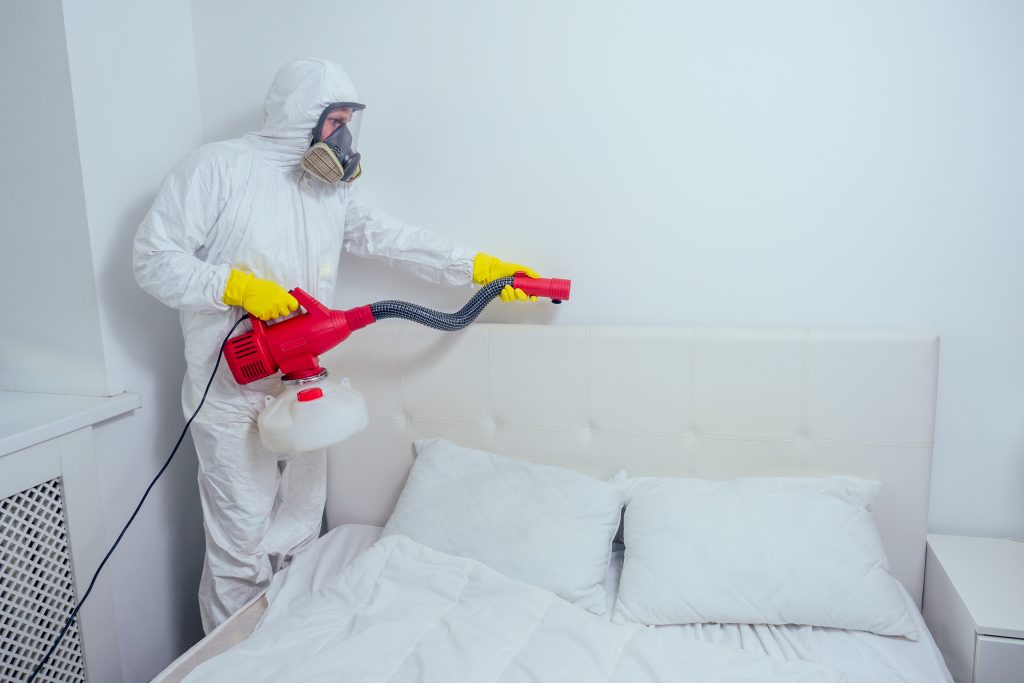Discovering a bed bug infestation in your home can be alarming and stressful. In Athens, GA, where seasonal changes and high humidity can contribute to pest problems, bed bugs are becoming a growing concern for homeowners and renters alike. Understanding what to expect during a professional bed bug treatment can help you prepare effectively and reduce the chances of re-infestation. This article explores the typical steps involved in bed bug treatment, from inspection to follow-up, providing a detailed, non-promotional guide for residents in the area.
Initial Inspection
The first step in addressing a bed bug issue is a thorough inspection by a trained pest control technician. This assessment is critical in determining the extent of the infestation and identifying the specific areas that require treatment. During the inspection, professionals typically examine:
- Mattresses and box springs
- Bed frames and headboards
- Furniture seams and upholstery
- Baseboards and carpeting edges
- Wall cracks, picture frames, and outlets
The goal is to locate live bugs, cast skins, fecal stains, and eggs. Accurate detection ensures the treatment plan will be comprehensive and effective.

Preparation by the Homeowner
Once an infestation is confirmed, homeowners are usually provided with a detailed preparation checklist. This step is essential to maximize the effectiveness of the treatment and to ensure that bed bugs have fewer places to hide. Common preparation tasks include:
- Washing and drying all bedding, linens, curtains, and clothing on high heat
- Placing cleaned items in sealed plastic bags
- Vacuuming thoroughly, especially in cracks and crevices
- Moving furniture away from the walls
- Removing outlet covers to allow access to wall voids
- Reducing clutter throughout the home
Homeowners should follow all preparation instructions carefully, as failure to do so can hinder treatment results.
Treatment Options
There are several treatment methods used to eliminate bed bugs, and the choice depends on the level of infestation, the structure of the home, and the preferences of the occupant. The most common methods include:
Heat Treatment
This method involves raising the temperature of the infested area to a level that is lethal to bed bugs, usually around 120-135°F. Heat treatment is effective because it can penetrate deep into furniture and wall voids, killing bugs at all life stages, including eggs. It is also chemical-free, making it a suitable option for individuals with sensitivities.
Chemical Treatment
Chemical treatments use insecticides to kill bed bugs and often involve multiple applications over a span of several weeks. Commonly used products include residual sprays, dusts, and aerosols applied to baseboards, furniture, cracks, and crevices. These treatments are designed to eliminate live bugs and provide ongoing protection against re-infestation.
Integrated Pest Management (IPM)
IPM combines multiple approaches, including physical removal, heat or chemical treatments, monitoring, and preventive practices. This holistic strategy aims not only to eradicate the current infestation but also to prevent future ones.
Duration and Follow-Up
Bed bug treatments are typically not a one-time solution. The number of visits required depends on the severity of the infestation and the treatment method used. In general:
- Heat treatments may be completed in one session but often include follow-up inspections to ensure all bugs are eliminated.
- Chemical treatments usually require two to three applications spaced 7-14 days apart to address newly hatched bugs.
After the initial treatment, a follow-up inspection is scheduled to monitor for any remaining activity. Additional treatments may be applied if necessary.
Post-Treatment Tips
After the treatment is completed, there are steps homeowners can take to maintain a bed bug-free environment:
- Use mattress and box spring encasements to trap any surviving bugs and prevent future infestations.
- Place interceptors under bed and furniture legs to monitor for new activity.
- Continue to reduce clutter and vacuum regularly.
- Avoid bringing second-hand furniture into the home without thorough inspection.
- Be vigilant when traveling by inspecting hotel rooms and laundering clothes immediately after returning home.
Ongoing monitoring is crucial in the weeks following treatment, as early detection of any remaining bugs allows for prompt action.
Understanding the Challenge of Bed Bugs
Bed bugs are notoriously difficult to eliminate due to their small size, ability to hide in tiny crevices, and resistance to certain insecticides. Additionally, they reproduce quickly, with each female laying up to 500 eggs in her lifetime. In dense housing areas and college towns like Athens, where units are often close together, bed bugs can spread between apartments, making coordinated treatment efforts especially important.
The presence of bed bugs is not a sign of uncleanliness—they are equal-opportunity invaders that can affect anyone. Prompt treatment and preventative practices are key to long-term success.
Final Thoughts
Living through a bed bug infestation is stressful, but understanding the treatment process can help you feel more in control. In Athens, GA’s warm and humid climate, infestations can thrive if not treated promptly and thoroughly.
Professional bed bug treatments involve a multi-step process—inspection, preparation, treatment, and follow-up—designed to target the pest at every life stage. Following technician recommendations and taking preventative steps can ensure long-lasting relief.
If you’re dealing with a stubborn infestation and need expert help, contact Grand Slam Pest Control for comprehensive bed bug services in Athens, GA. Their experienced technicians are equipped with the tools and strategies necessary for safe and effective treatment.
To learn more or schedule a consultation, get in touch with Grand Slam Pest Control today. Let their professional bed bug treatment services restore peace and comfort to your home.

